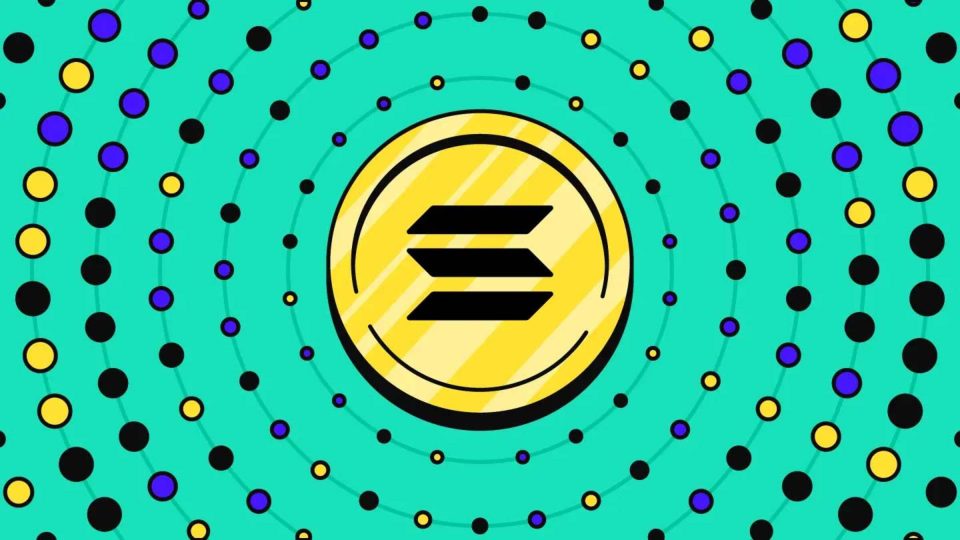Exploring the Lucrative World of Yield Farming on Solana
In the fast-growing world of decentralized finance (DeFi), Solana has emerged as a prominent blockchain platform. Yield farming, also known as liquidity mining, has become a popular way for users to earn passive income by providing liquidity to various DeFi protocols on Solana. By participating in yield farming on Solana, users can earn rewards in the form of tokens, all while contributing to the liquidity pool of their chosen projects.
Key Factors to Consider Before Jumping into Solana Yield Farming
Before diving into yield farming on Solana, there are several key factors that users should consider:
- Understand the Risks: Yield farming can be highly volatile and comes with inherent risks such as impermanent loss, smart contract vulnerabilities, and fluctuating token prices.
- Do Your Research: It is essential to thoroughly research the projects you are interested in farming with, including their team, tokenomics, and overall reputation in the DeFi space.
- Consider Gas Fees: Gas fees on the Solana network are relatively low compared to Ethereum, making it a more cost-effective option for yield farming. However, users should still factor in gas fees when calculating potential profits.

Top Strategies for Maximizing Yield Farming Returns on Solana
To maximize your yield farming returns on Solana, consider implementing the following strategies:
- Diversify Your Portfolio: Spread your funds across multiple projects to mitigate risk and increase your chances of earning higher returns.
- Utilize Compounding: Reinvest your earned rewards back into the liquidity pool to compound your returns over time.
- Keep an Eye on APY: Monitor the annual percentage yield (APY) of different projects to identify opportunities with higher potential returns.
| Comparison Table | Project A | Project B |
|---|---|---|
| Total Value Locked (TVL) | $10 million | $20 million |
| Annual Percentage Yield (APY) | 100% | 150% |
| Token Price | $10 | $15 |
Understanding the Risks Involved in Solana Yield Farming
While yield farming can be lucrative, it is essential to understand the risks involved:
- Impermanent Loss: Fluctuations in token prices can lead to impermanent loss, where the value of your assets in the liquidity pool is lower than if you had held them.
- Smart Contract Risks: Smart contracts can be vulnerable to hacks or exploits, potentially resulting in the loss of funds.
- Market Volatility: The crypto market is highly volatile, and token prices can fluctuate dramatically, affecting your overall yield farming returns.
Leveraging DeFi Protocols to Enhance Yield Farming on Solana
DeFi protocols play a crucial role in enhancing yield farming on Solana:
- Automated Market Makers (AMMs): AMMs like Serum and Raydium provide liquidity pools for users to participate in yield farming with minimal slippage.
- Lending Platforms: Platforms like Saber and Mercurial allow users to lend and borrow assets, providing additional opportunities for yield farming strategies.
- Governance Tokens: Some projects offer governance tokens to users participating in yield farming, giving them voting rights and a say in project decisions.
Future Outlook: How Solana Yield Farming is Evolving in the DeFi Space
As Solana continues to gain popularity in the DeFi space, yield farming opportunities are expected to evolve:
- Cross-Chain Integration: Solana may collaborate with other blockchain platforms to offer cross-chain yield farming opportunities, expanding the reach of DeFi projects.
- Innovative Rewards Programs: Projects on Solana are likely to introduce creative reward mechanisms to attract more liquidity providers and enhance the overall yield farming experience.
- Regulatory Considerations: As DeFi continues to grow, regulatory scrutiny may increase, leading to potential changes in how yield farming operates on Solana and other blockchain platforms.
In conclusion, yield farming on Solana presents an exciting opportunity for users to earn passive income and participate in the decentralized finance ecosystem. By considering key factors, implementing strategic approaches, and understanding the risks involved, users can maximize their yield farming returns while contributing to the growth of DeFi on the Solana network. As the landscape continues to evolve, staying informed and adapting to new developments will be key to success in the ever-changing world of DeFi yield farming.

10 comments
Yield farming on Solana sounds interesting, but I need to understand the risks first.
I didn’t know about impermanent loss in yield farming. It’s good to be aware of it.
Solana’s collaborations with other blockchains might bring new yield farming opportunities.
I learned that Solana has low gas fees compared to Ethereum, which is nice for yield farming.
Regulatory changes could affect yield farming, so it’s important to stay updated.
Diversifying my portfolio seems like a safe way to increase returns in yield farming.
Using AMMs like Serum and Raydium could be useful for minimizing slippage in yield farming.
The future of yield farming on Solana looks promising with cross-chain integrations.
Governance tokens sound interesting. They give users a say in project decisions.
The comparison table in the article helped me see potential returns from different projects.